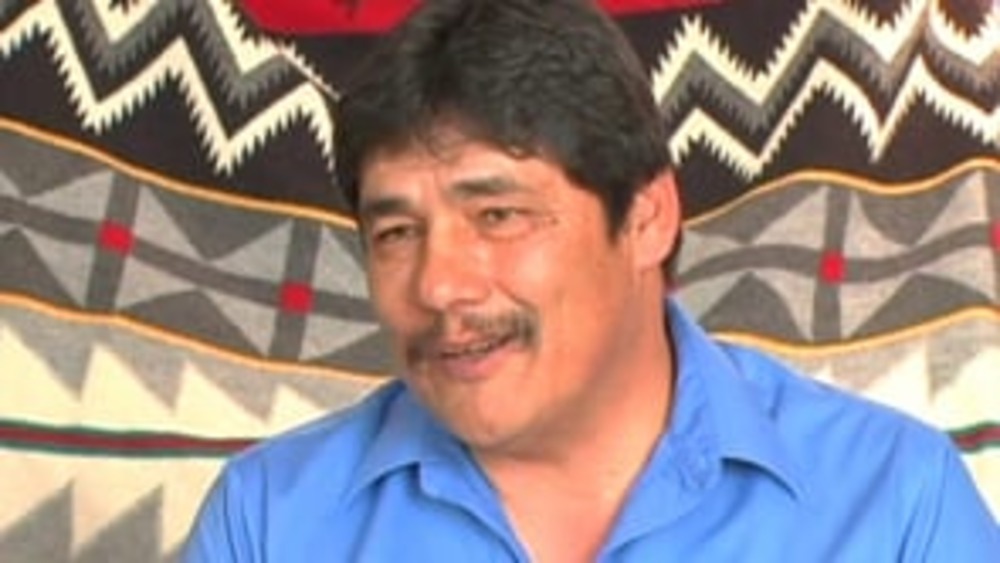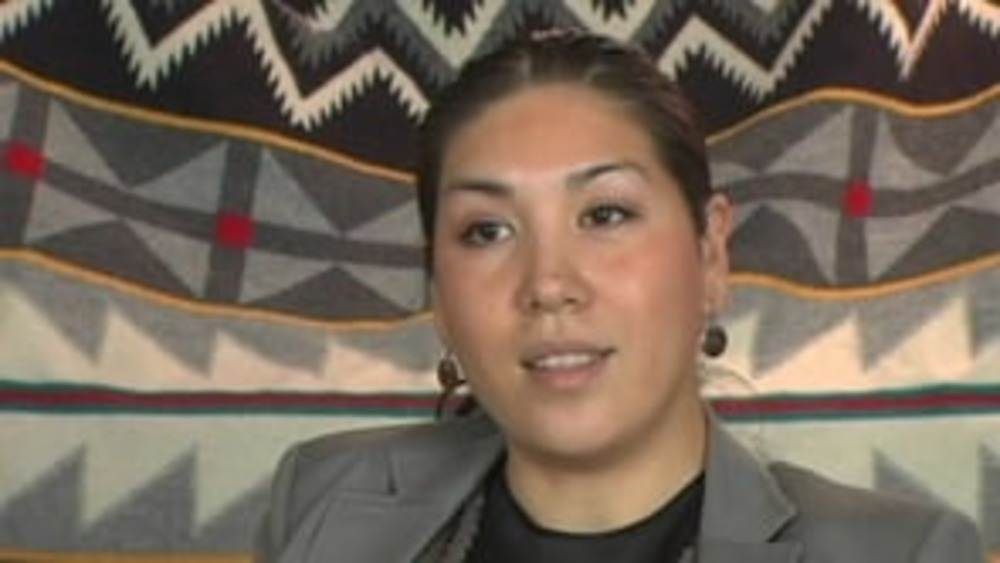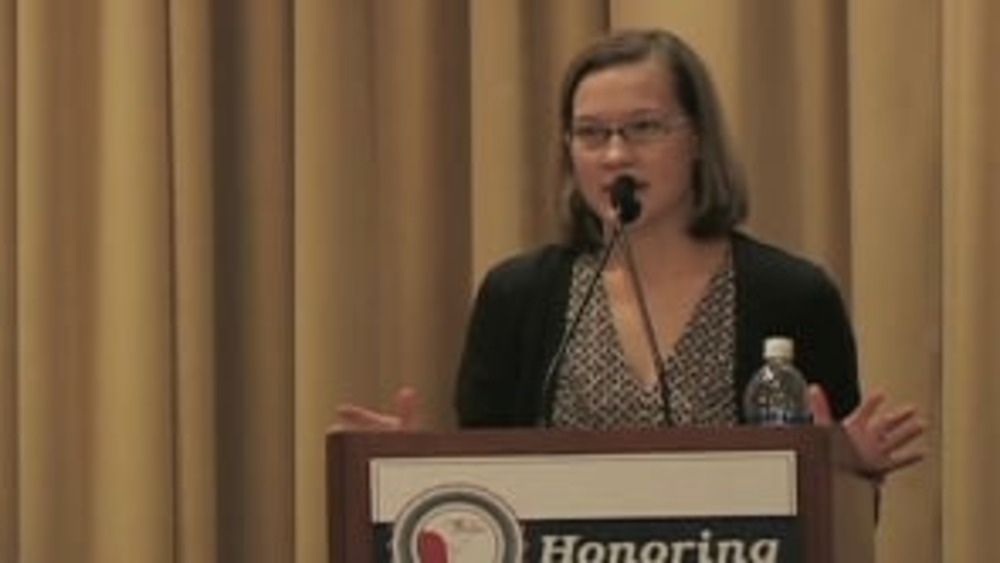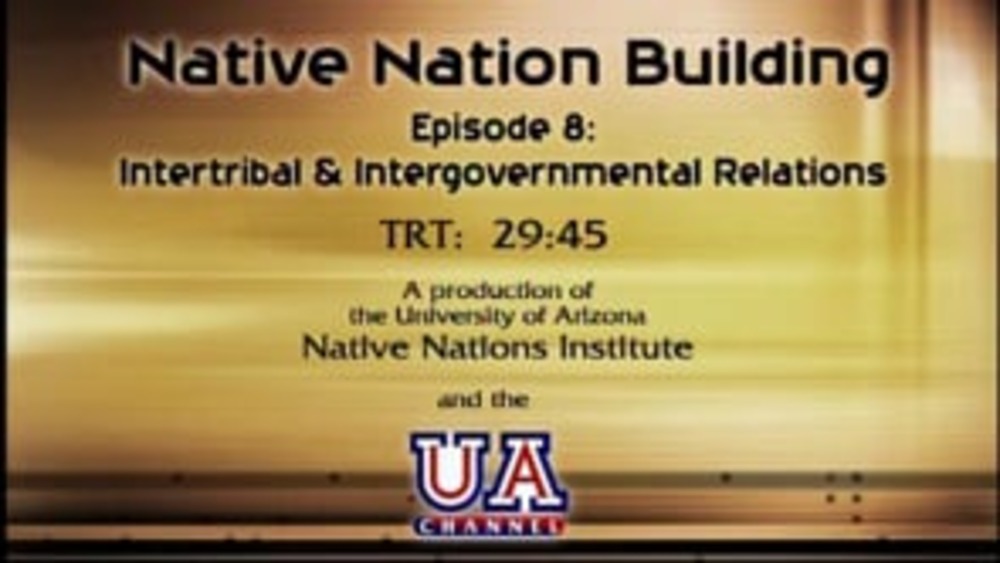Indigenous Governance Database
Sarah Hicks

From the Rebuilding Native Nations Course Series: "Defending Sovereignty Through Its Effective Exercise"
Native leaders speak to the notion that Native nations' best defense of their sovereignty is the demonstration of their ability to exercise that sovereignty effectively.

From the Rebuilding Native Nations Course Series: "Intergovernmental Relationships: Tools for Nation Building"
Native leaders discuss the ways that intergovernmental agreements serve as important nation-building tools for Native nations, strengthening their sovereignty and jurisdiction in the process.

Honoring Nations: Sarah Hicks: NCAI and the Partnership for Tribal Governance
Former NCAI Policy Research Center Director Sarah Hicks discusses the growth of the National Congress of American Indians (NCAI) and specifically its recent initiatives to support the nation-building and advocacy efforts of Native nations.

Native Nation Building TV: "Intergovernmental and Intertribal Relations"
Guests Jaime Pinkham and Sarah Hicks focus on Native nations’ efforts to enhance their relationships with other governments as a way to advance their nation-building objectives. It details how some Native nations are forging mutually beneficial intergovernmental agreements, and chronicles the many…
